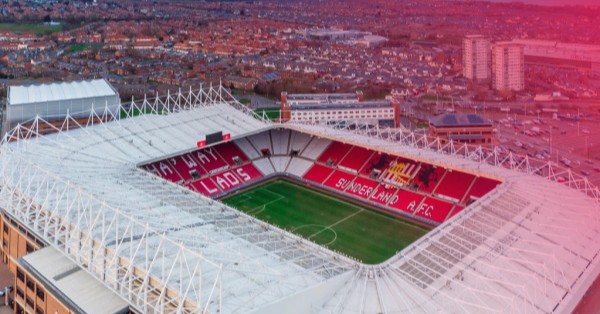Global IT infrastructure and services provider, NTT Ltd., and global content connectivity solutions provider, SES, have announced a multi-year partnership to utilize SES satellites for delivering NTT’s Edge as a Service to enterprise customers. This collaboration merges NTT’s networking and enterprise managed services expertise with SES’s satellite capabilities to offer reliable connectivity for enterprises experiencing surges in connectivity demand or operating in areas beyond fixed terrestrial networks.
The partnership’s offering combines NTT’s fully managed Private 5G and Edge Compute with SES’s second-generation medium earth orbit communications system, O3b mPOWER, ensuring expanded and dependable connectivity. This solution targets businesses operating in regions with insufficient terrestrial networks and those seeking high-performance connectivity to enhance efficiency and revenue growth. By integrating Private 5G networks and satellite technology, this comprehensive solution aims to advance industries like energy, mining, maritime, manufacturing, and industrial, which have been limited by connectivity constraints.
Miriam Murphy, CEO Europe at NTT Ltd., expressed excitement about the partnership with SES and the potential for assisting businesses with their digital transformation and scaling endeavors. As the world rapidly changes, leveraging technology to drive growth and innovation has become increasingly crucial.
The joint solution provides customers control and ownership, delivering coverage to over 190 countries with public-private roaming. NTT will offer use-case consulting and design, application development, system integration, implementation, and managed services, while SES will supply end-to-end satellite networks through O3b mPOWER, seamlessly integrated with NTT’s offerings.
Olivier Posty, Country Managing Director Luxembourg, NTT Ltd., emphasized the transformative power of Private 5G for enterprises, enabling them to build on existing network infrastructure and deliver reliable, high-bandwidth, and low-latency connections for various use cases operating on a single Private 5G network.
NTT’s Edge-as-a-Service, which encompasses IoT, Edge Compute, and Private 5G connectivity, is a unique, fully managed, integrated solution designed to accelerate business process automation. It enables enterprises to securely deploy applications and monitor them closer to the edge, reducing downtime, enhancing user experience, and optimizing costs.
Alejandro Cadenas, Associate Vice President of EMEA Telco Mobility Research at IDC, highlighted the partnership as an industry-first milestone, bringing together the expertise of both companies and creating a joint value proposition ahead of the curve.
John-Paul Hemingway, Chief Strategy Officer at SES, noted the partnership’s uniqueness in jointly providing comprehensive and resilient connectivity solutions for customers worldwide. The seamless integration and extension of terrestrial and satellite networks will enable customers to unlock the full potential of emerging technologies like 5G, IoT, and cloud computing, driving digital transformation across industries.
As organizations increasingly rely on technology for growth and innovation, they recognize the importance of high-speed connectivity and resilient networks for business operations. By leveraging their respective strengths, NTT and SES are poised to offer customers innovative Edge as a Service solutions to thrive in an ever-changing world.

































